Animal migrations are one of nature’s most fascinating phenomena. These massive journeys impact the ecosystems they pass through, creating ripple effects on the environment and other species. From the vast plains of Africa to the depths of the ocean, each migration plays a critical role in maintaining ecological balance. Some migrations span continents, while others cover shorter distances, yet each has a profound impact. Here’s a closer look at some of the most remarkable animal migrations shaping ecosystems around the world.
Wildebeest Migration in the Serengeti
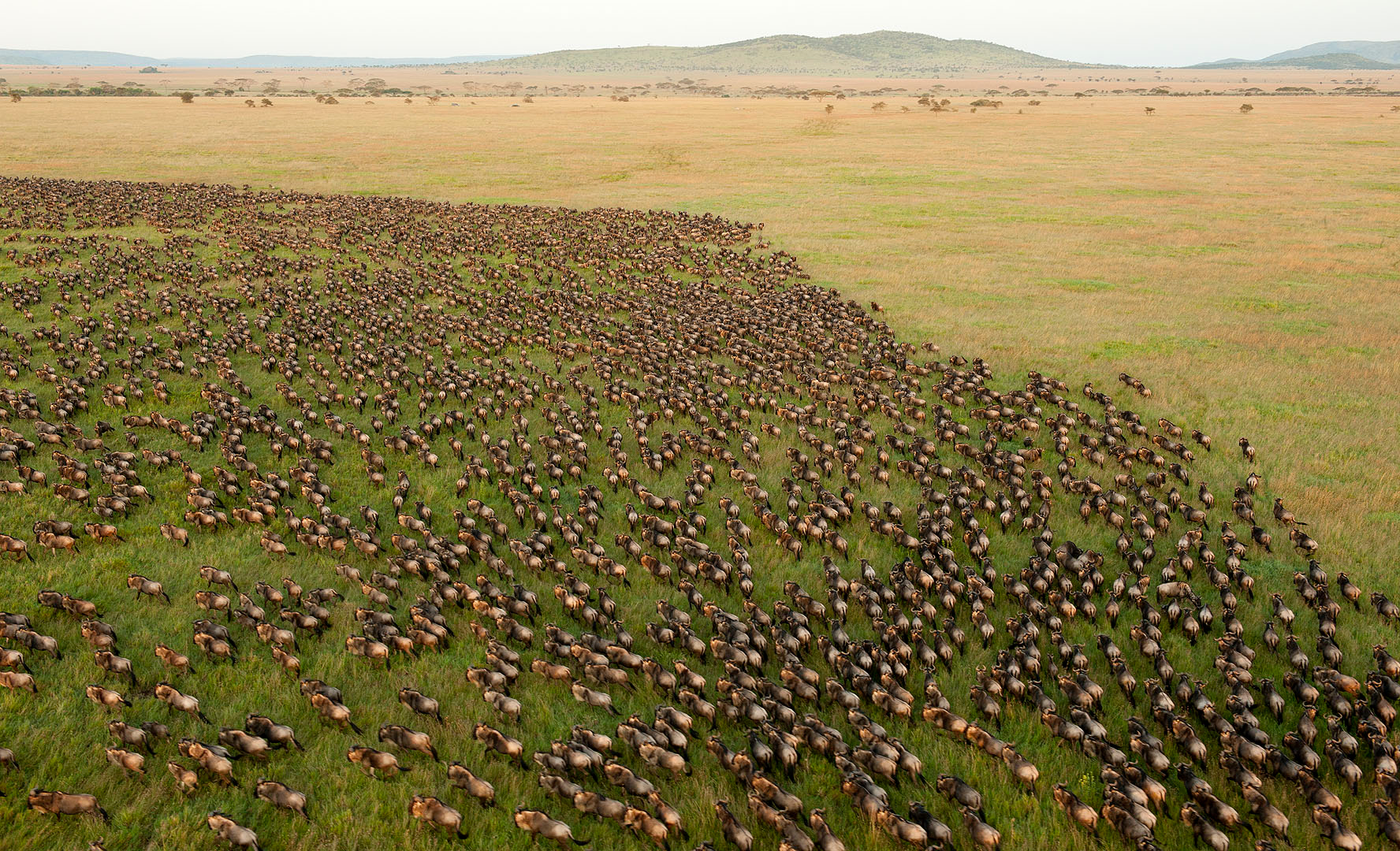
The wildebeest migration in the Serengeti is one of the largest animal movements on the planet. Every year, over a million wildebeest travel across Tanzania and Kenya in search of fresh grass. This migration supports predators like lions and crocodiles, who rely on the wildebeest for food. The movement also helps maintain the grasslands by preventing overgrazing in any one area. As they move, wildebeest fertilize the soil, ensuring the growth of new vegetation.
Monarch Butterfly Migration in North America
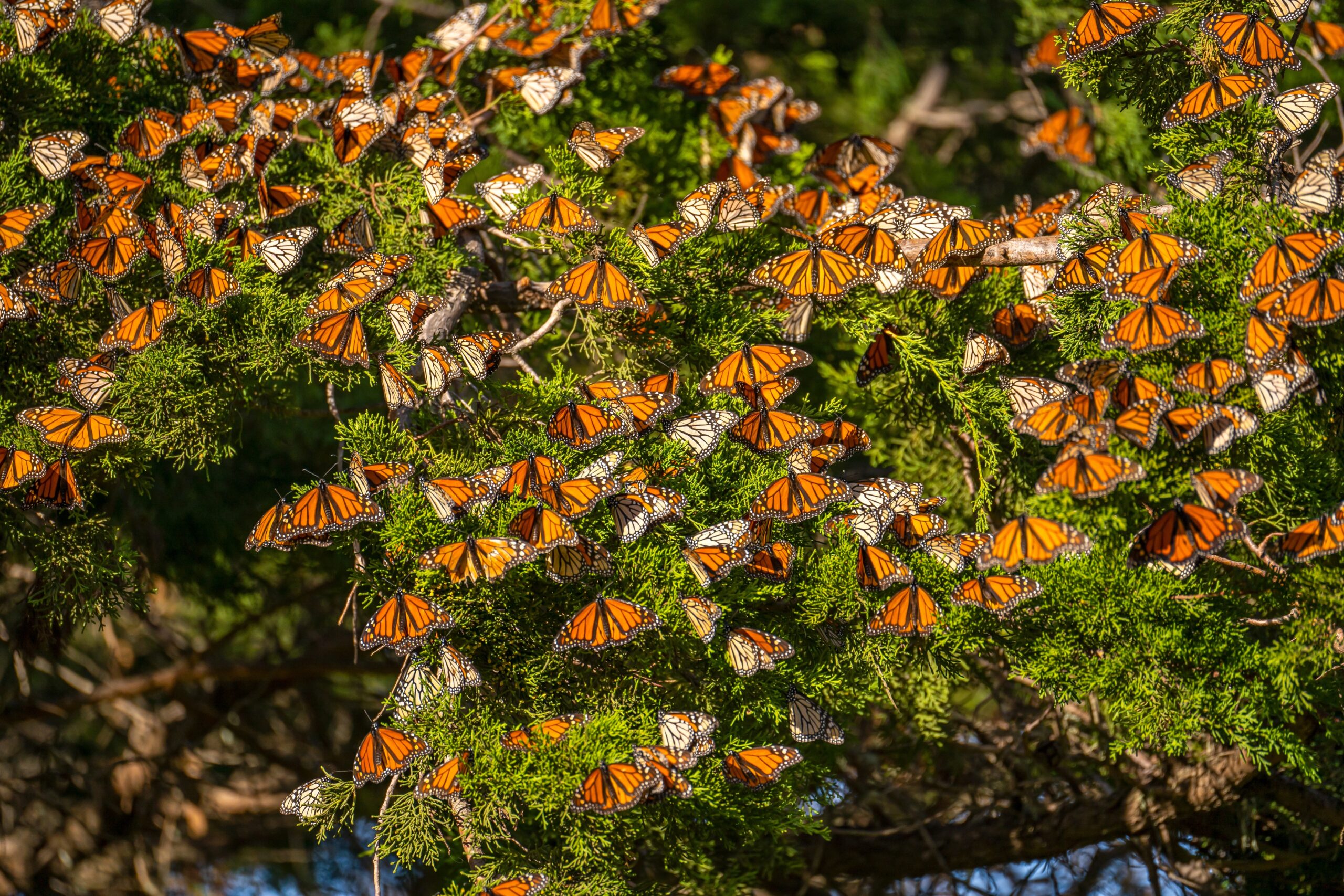
Monarch butterflies travel thousands of miles from North America to central Mexico each year. This migration helps pollinate various plant species along their route. Monarchs rely on milkweed plants, which provide them with food and a place to lay eggs. During their journey, they help maintain the health of numerous ecosystems. The migration also supports other species that depend on pollinated plants for survival, enhancing biodiversity.
Arctic Tern Migration From Pole to Pole
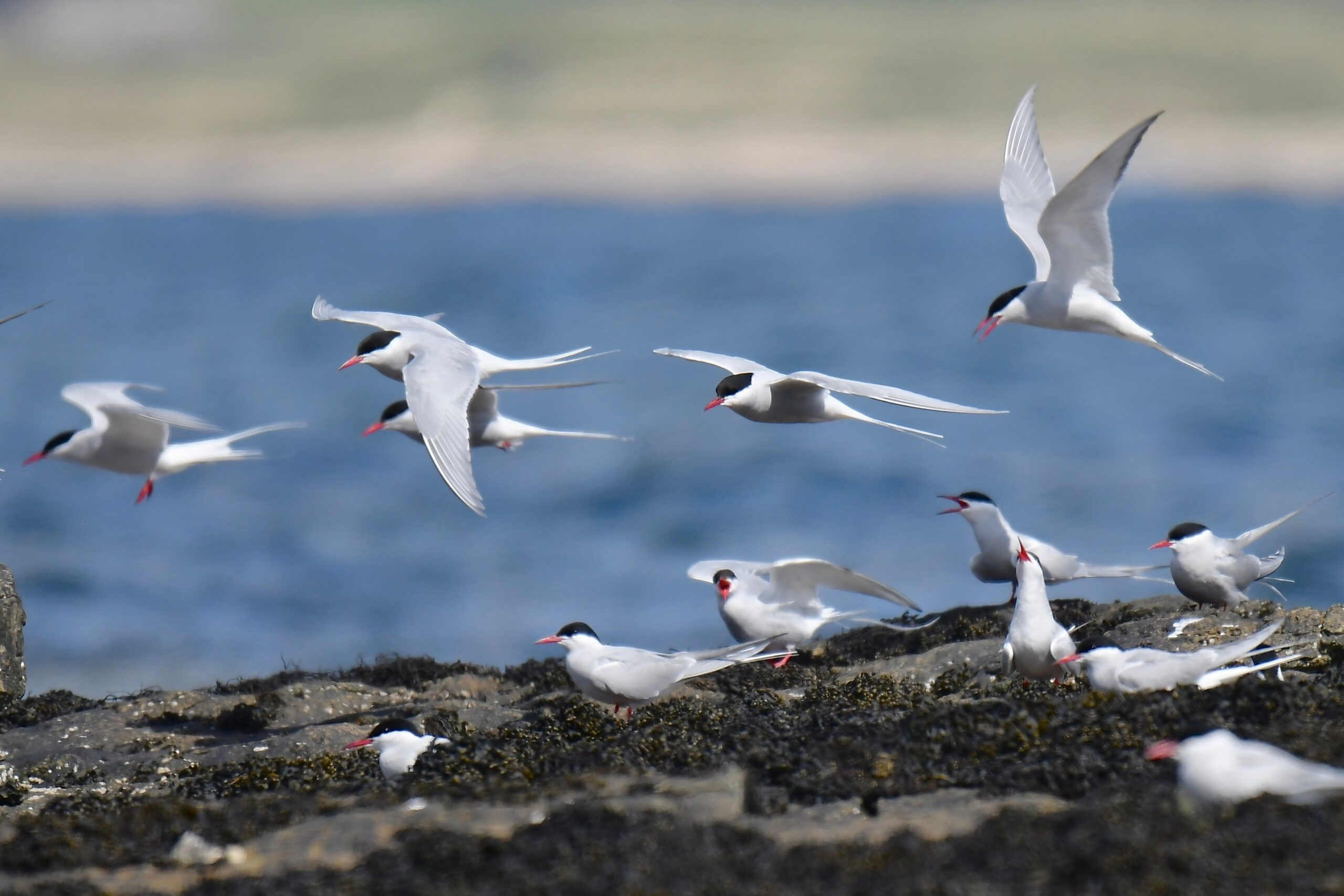
The Arctic tern holds the record for the longest migration, traveling from the Arctic to Antarctica and back. This journey covers about 44,000 miles annually. Arctic terns feed on fish, helping regulate marine populations during their migration. They also play a role in spreading nutrients across different oceanic ecosystems. Their migration connects the polar regions, making them key players in maintaining ecological balance across hemispheres.
Caribou Migration in North America
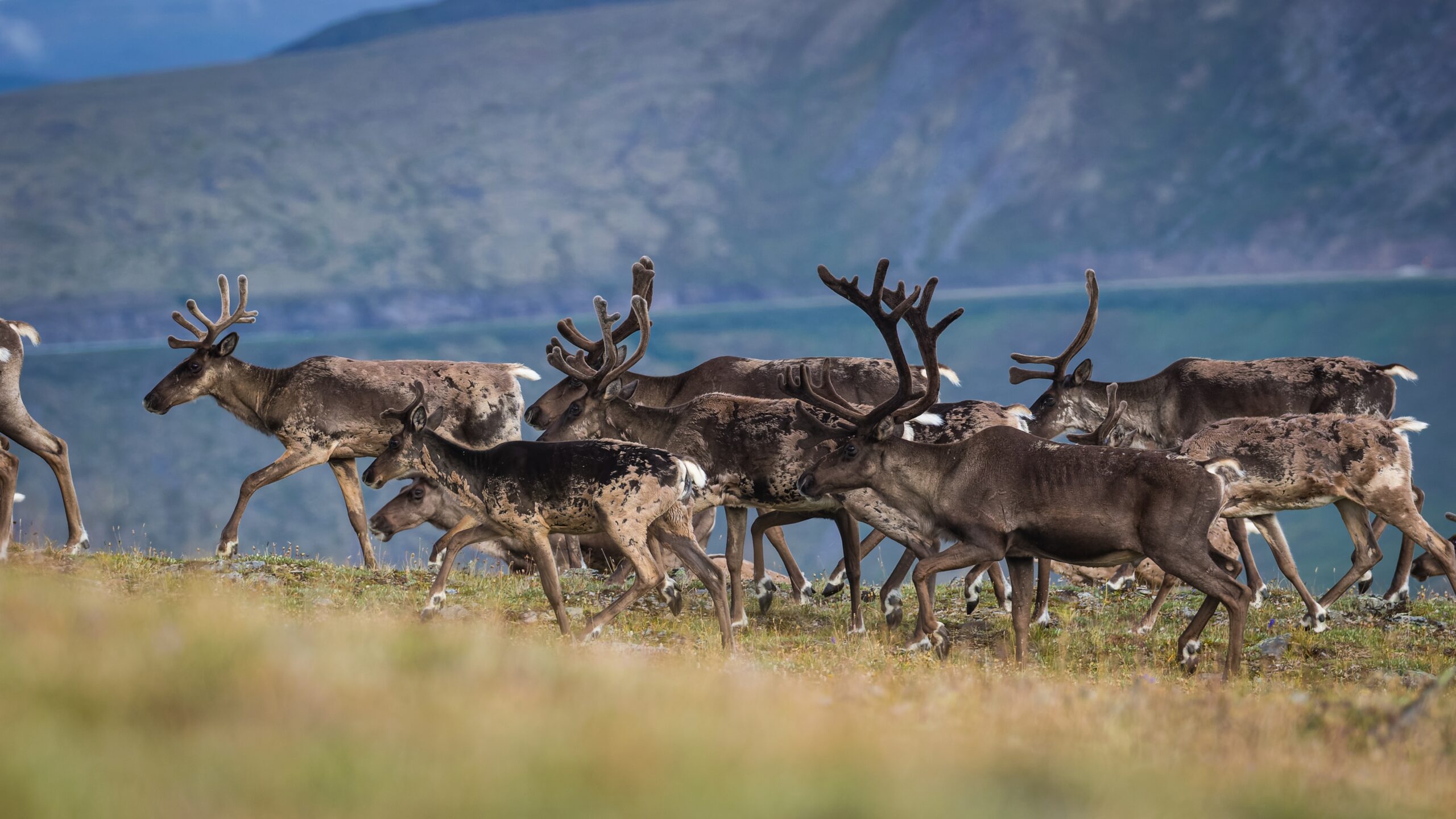
Caribou herds in North America migrate long distances between their summer and winter feeding grounds. Their movement influences plant growth in tundra and boreal forest regions. As they travel, caribou trample snow, which affects the insulation of the ground and plant life beneath. Predators like wolves and bears also rely on migrating caribou for food. This migration keeps predator-prey relationships in balance within the ecosystem.
Humpback Whale Migration From Polar to Tropical Waters
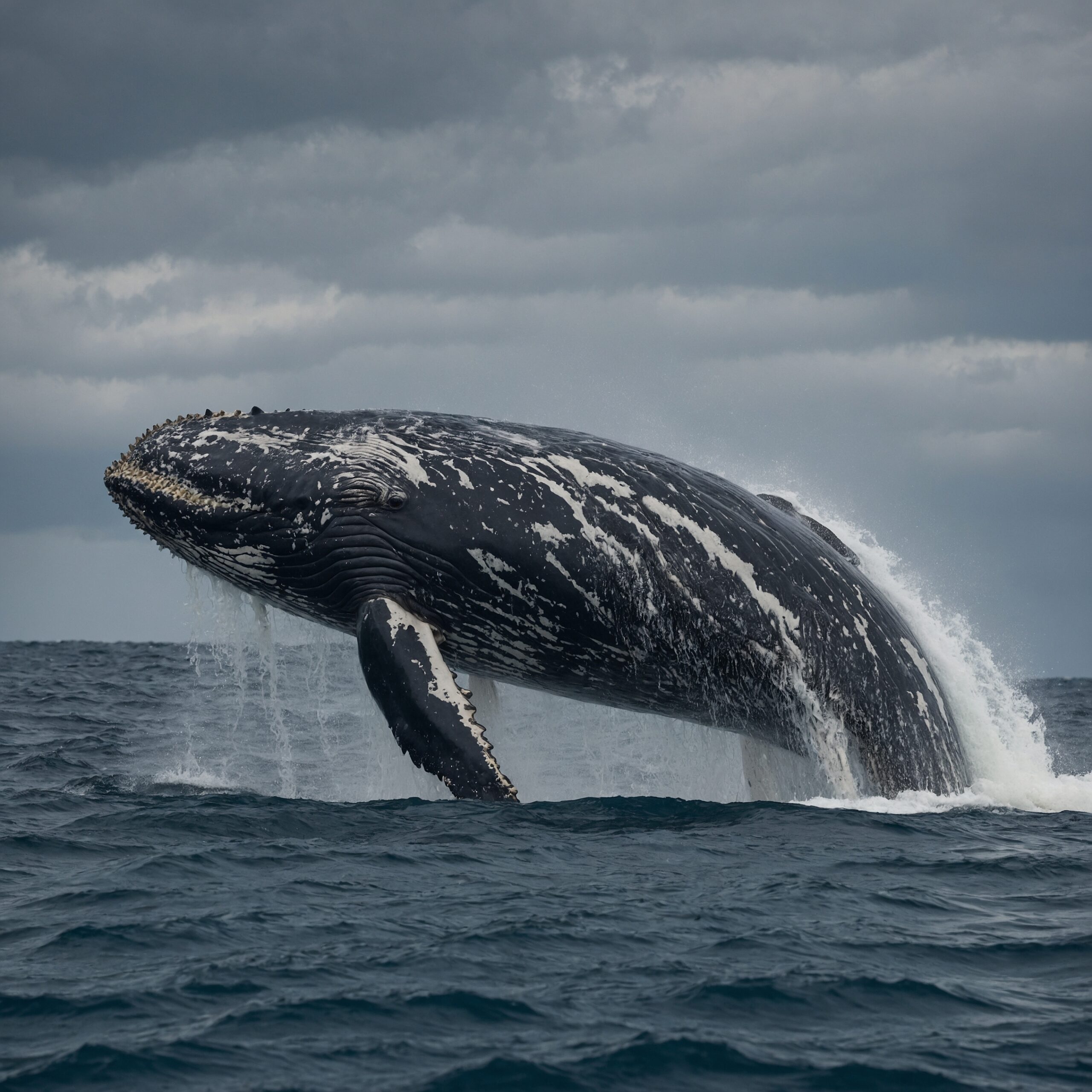
Humpback whales undertake one of the longest migrations of any mammal, moving from polar feeding grounds to tropical breeding waters. This migration helps maintain fish populations in polar regions, as humpbacks consume large amounts of krill and small fish. Their presence in tropical waters supports ecosystems by attracting other marine life. The nutrient-rich waste they produce, known as “whale pump,” fertilizes marine ecosystems and promotes plankton growth.
Red Crab Migration on Christmas Island
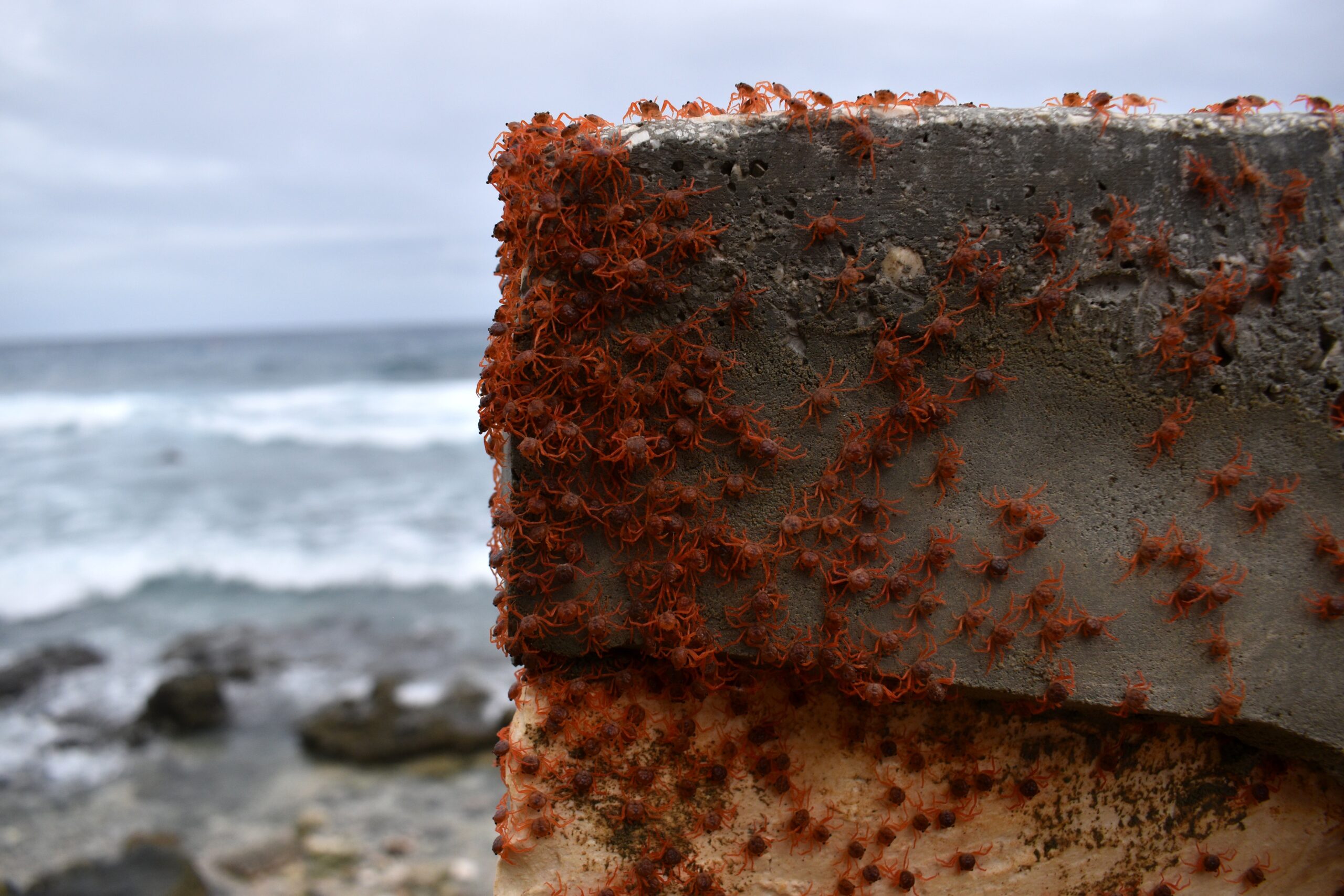
Each year, millions of red crabs migrate from Christmas Island’s forests to the ocean to breed. This migration plays a vital role in maintaining the island’s ecosystem. As crabs travel, they clear the forest floor, promoting seed germination and plant growth. Their movement also attracts predators like birds and other animals, contributing to the island’s food chain. The crabs’ mass exodus to the ocean influences coastal ecosystems as well.
Zebra Migration in Botswana

Zebras in Botswana undertake one of the longest migrations in Africa, covering over 300 miles each year. This migration ensures that grasslands are not overgrazed, as zebras move in search of fresh vegetation. Their journey also provides food for predators like lions, who follow the migration. As zebras travel, they contribute to seed dispersal, helping plants grow across the landscape. Their movement plays a key role in maintaining the health of Botswana’s ecosystems.
Leatherback Sea Turtle Migration in the Atlantic Ocean
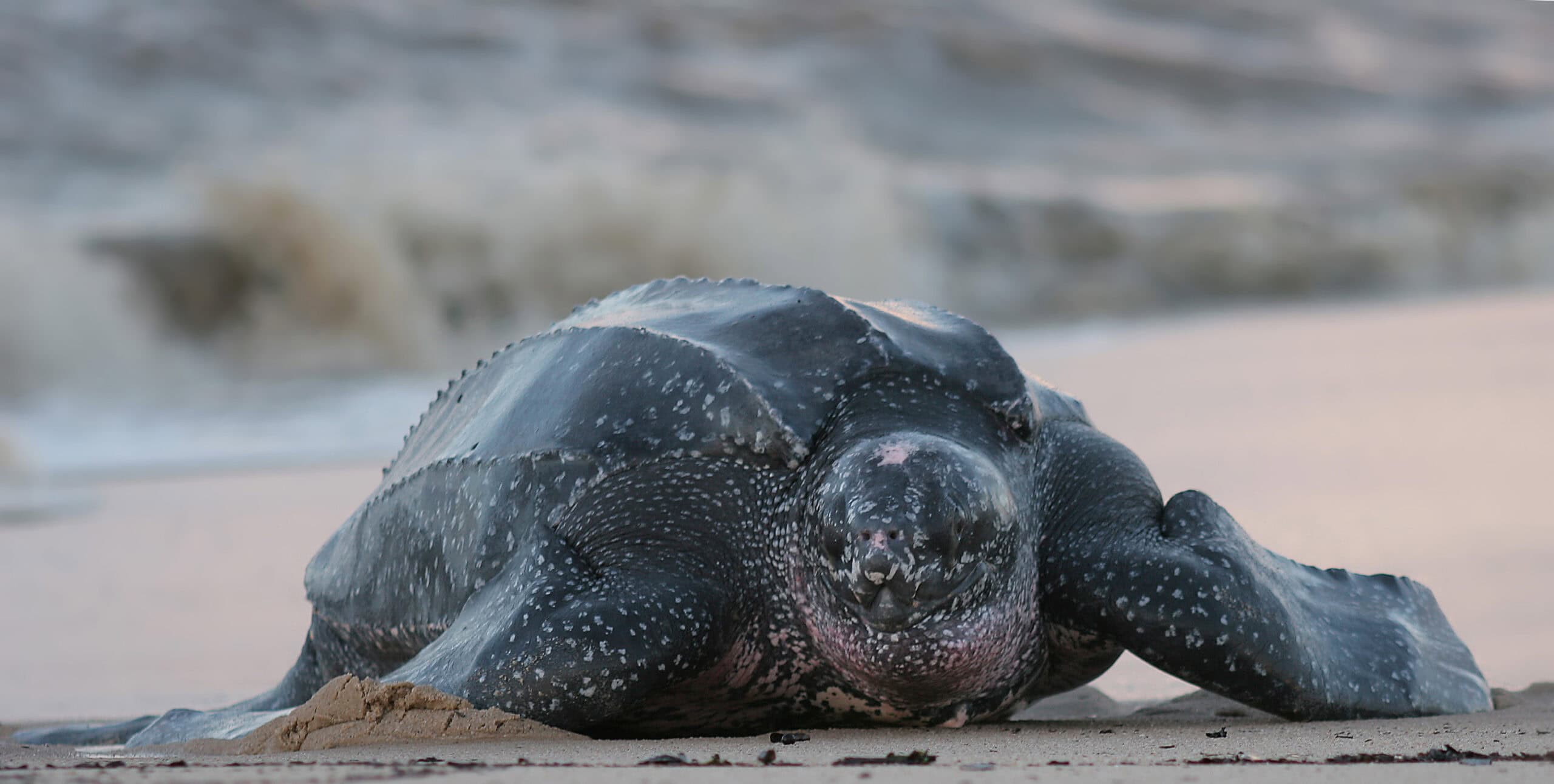
Leatherback sea turtles travel vast distances across the Atlantic Ocean. They migrate from tropical nesting beaches to colder waters for feeding. Their diet consists primarily of jellyfish, helping to control jellyfish populations. As they travel, they contribute to nutrient cycling in marine ecosystems. Leatherbacks face many threats, but their migration remains crucial for maintaining oceanic balance.
Sandhill Crane Migration in North America
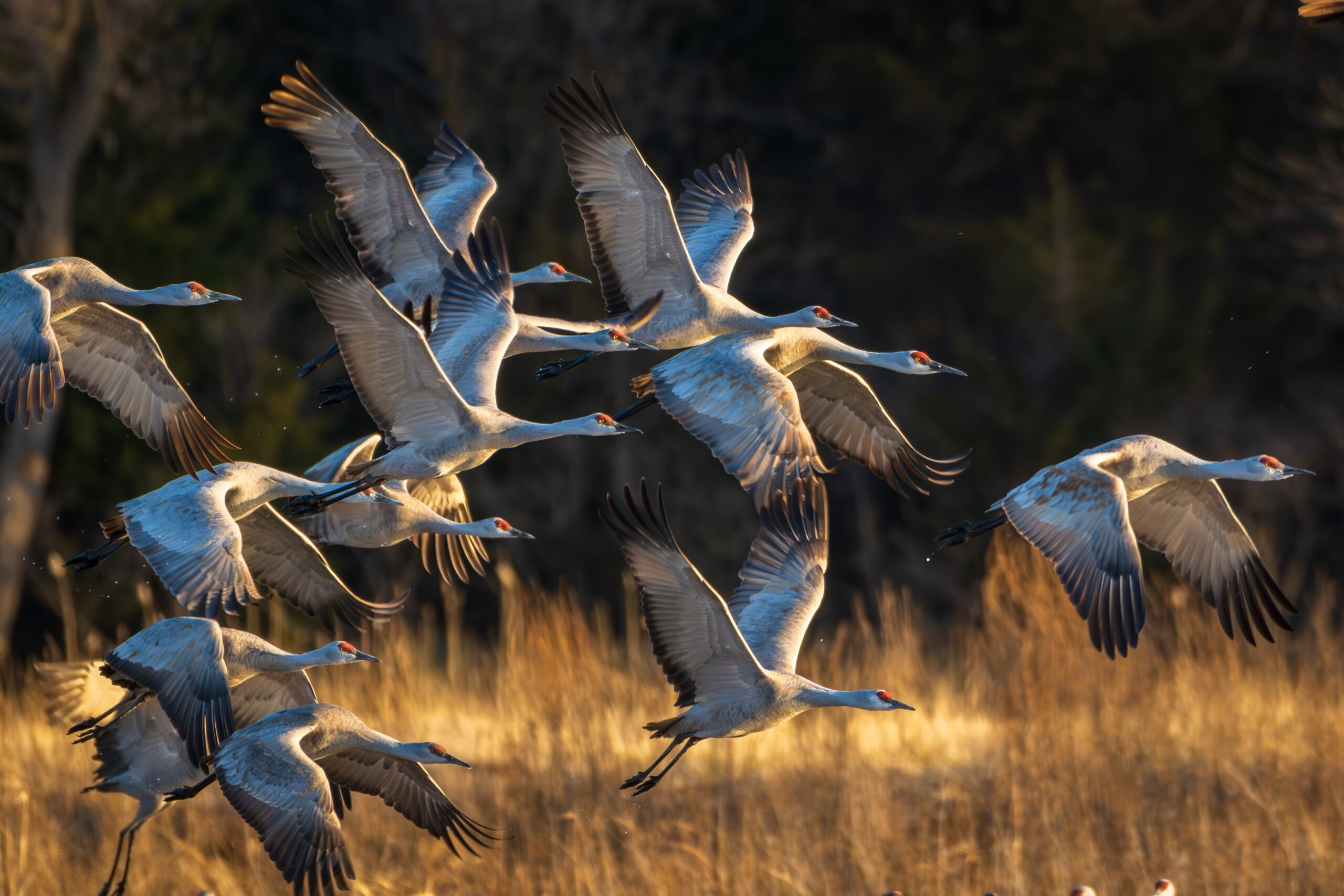
Sandhill cranes migrate across North America, traveling from their breeding grounds to southern wintering habitats. This migration provides key stopover points for the cranes to rest and feed. Their presence helps control insect populations and promote plant growth through seed dispersal. As they migrate, they connect different wetland ecosystems across North America. The journey also supports a rich biodiversity, influencing the food chains they pass through.
Sardine Run Along the South African Coast
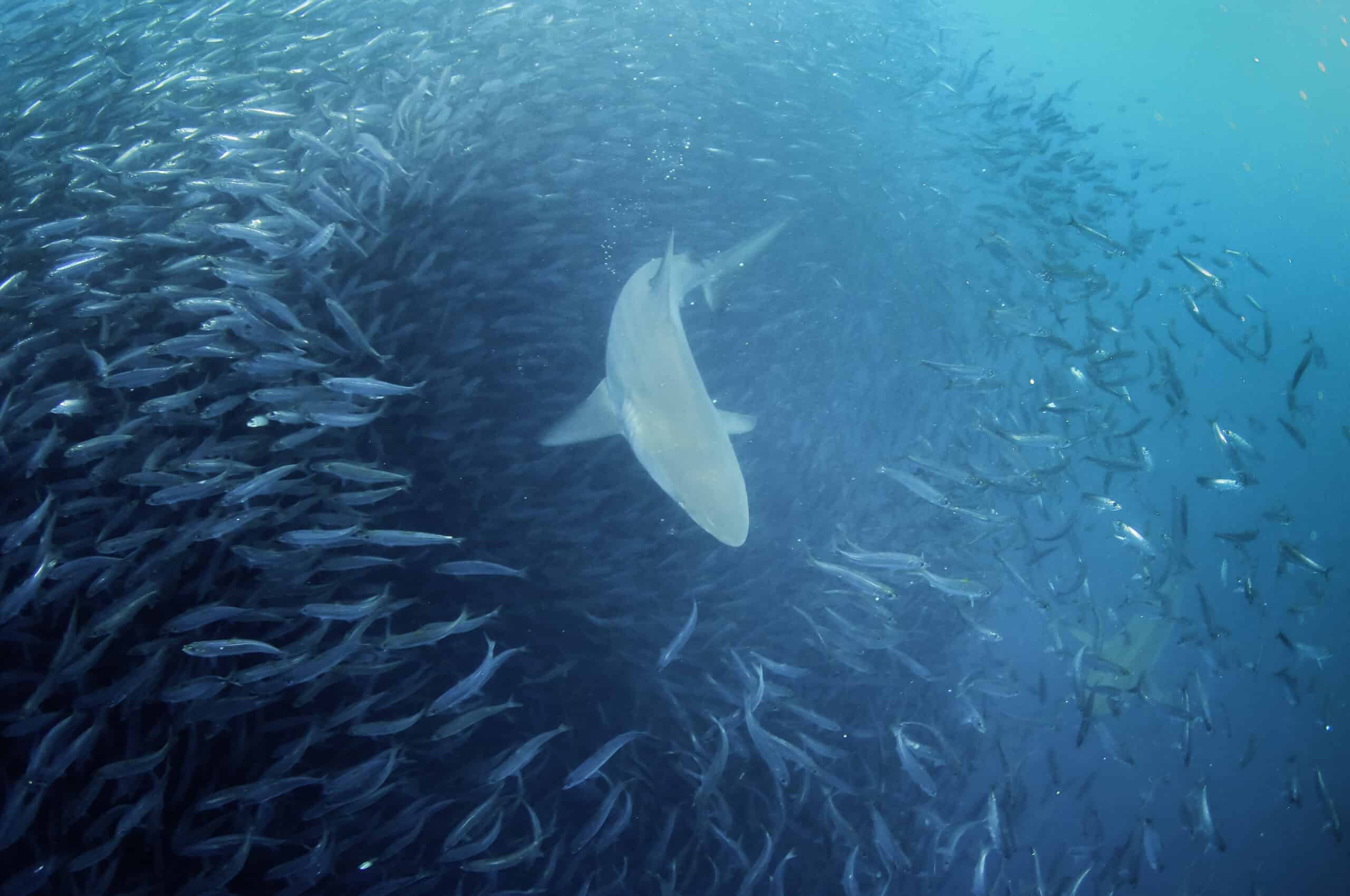
The sardine run is a spectacular migration of billions of sardines along the South African coast. This migration attracts numerous predators, including dolphins, sharks, and seabirds. Sardines provide a crucial food source for these species, maintaining the balance of marine ecosystems. The migration also brings nutrients to coastal waters, supporting plankton growth. The sardine run creates a feeding frenzy that impacts the entire marine food web.
Sockeye Salmon Migration in the Pacific Northwest
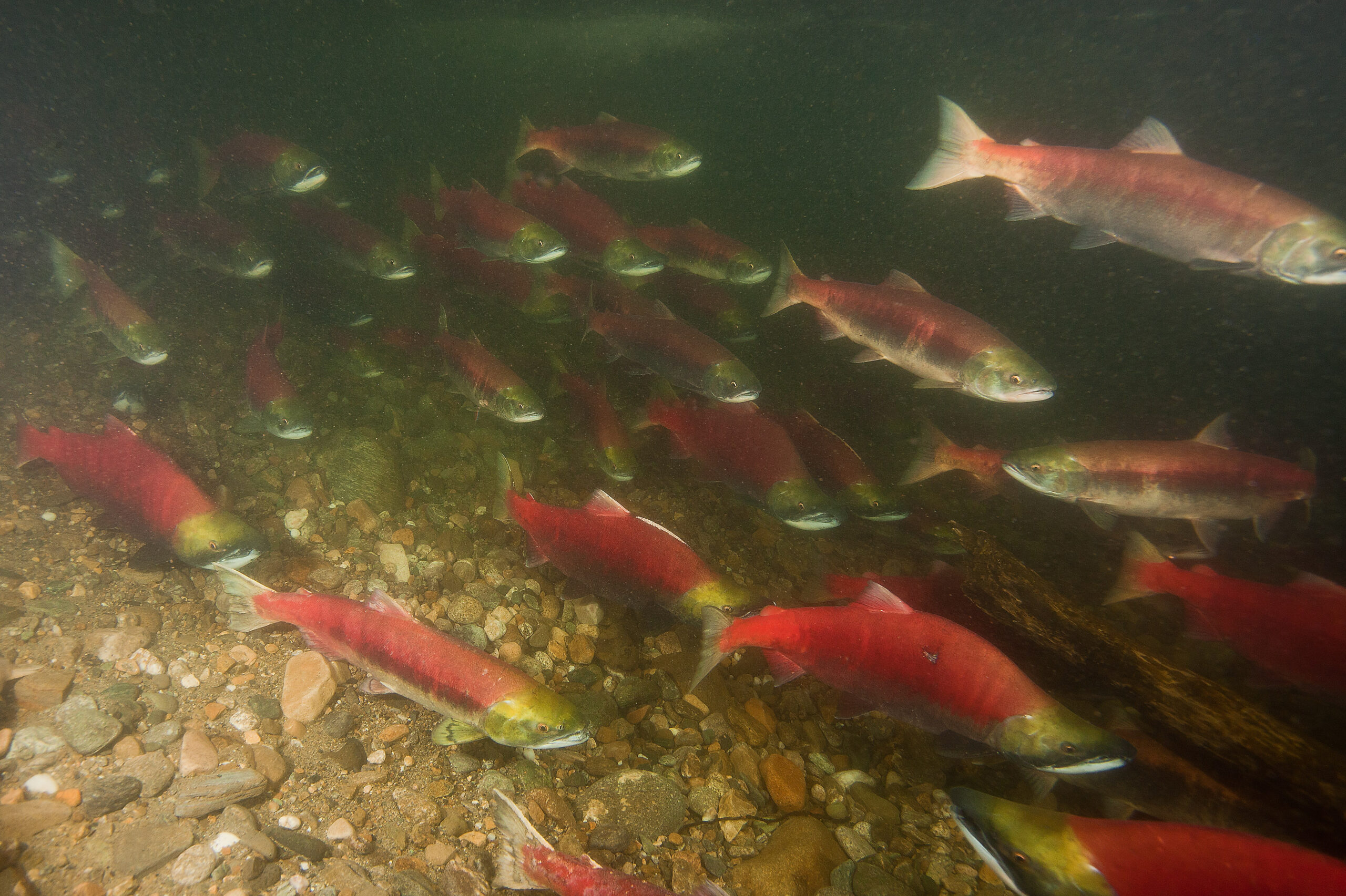
Sockeye salmon migrate from the ocean to the rivers of the Pacific Northwest to spawn. Their migration provides food for predators like bears, eagles, and orcas. As they swim upstream, they disturb riverbeds, aiding in the renewal of aquatic habitats. The nutrients from their decaying bodies enrich the surrounding forests and rivers. Salmon migration is vital for maintaining the health of freshwater ecosystems.
Gray Whale Migration From Alaska to Mexico
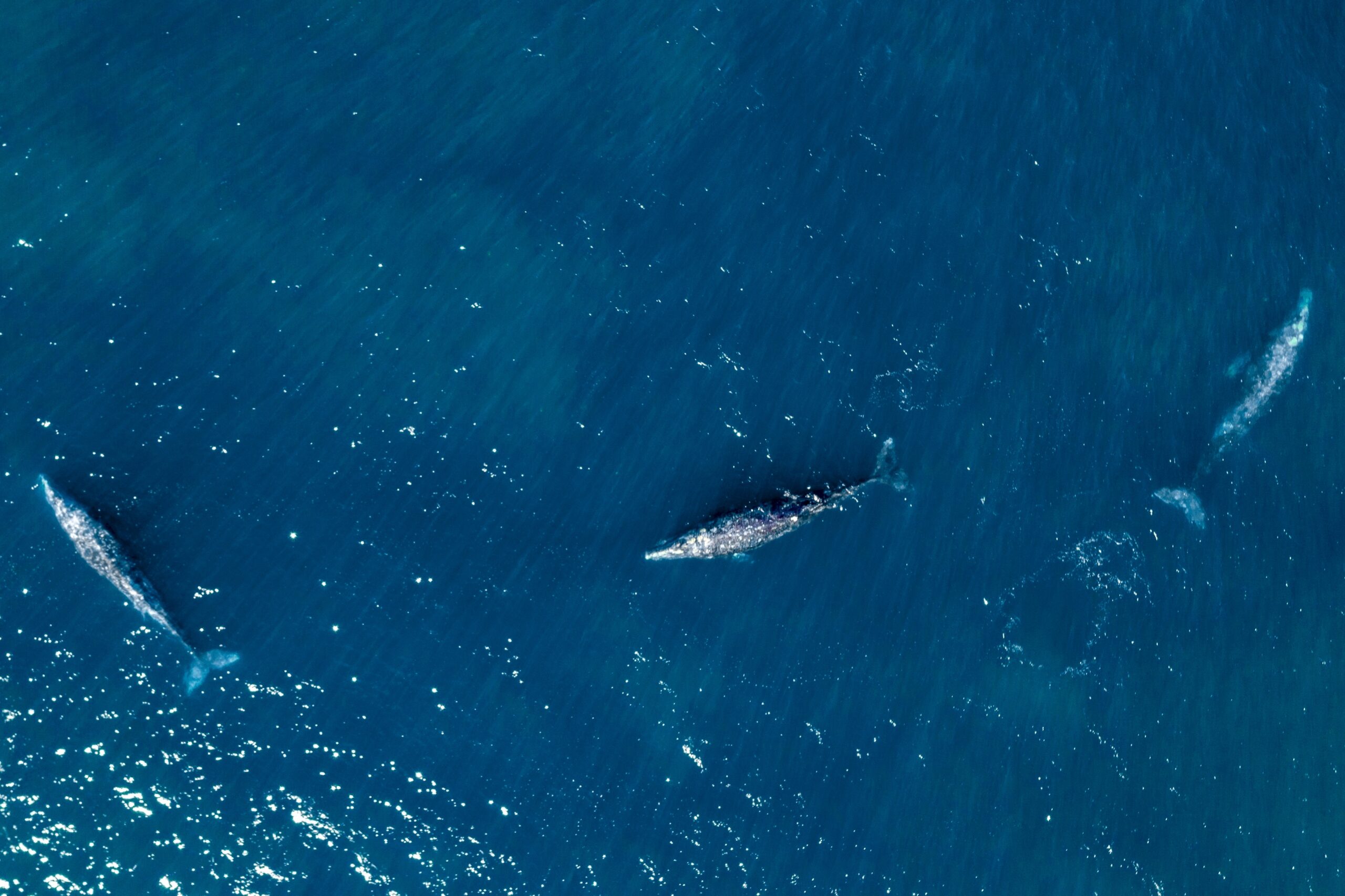
Gray whales embark on one of the longest mammal migrations, traveling from Alaska to Mexico. This migration helps regulate marine food chains, as the whales feed on small crustaceans in the Arctic. Their presence in warmer waters creates ecological opportunities for other marine species. Gray whales also contribute to ocean fertilization through their waste, promoting plankton growth. The migration supports marine biodiversity across vast distances.
Elephant Seal Migration in the Pacific Ocean
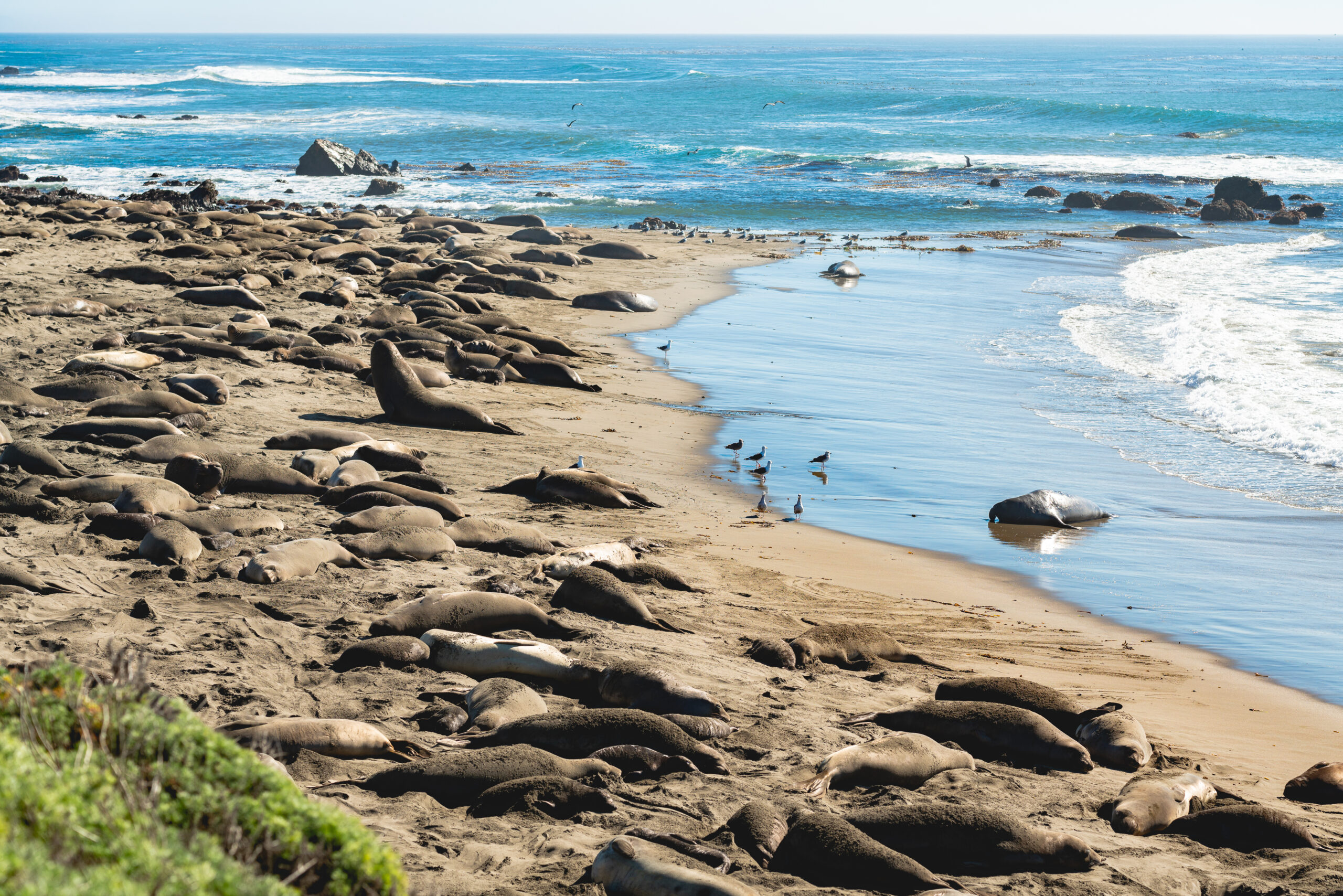
Elephant seals migrate twice a year, traveling thousands of miles in the Pacific Ocean. During their migration, they dive deep to hunt squid and fish, regulating marine populations. Their presence affects the distribution of prey and predator species across the ocean. Elephant seals haul out on beaches to breed and molt, creating rich ecosystems for other coastal species. Their migration is crucial for maintaining balance in the deep-sea environment.
Dragonfly Migration Across India and Africa
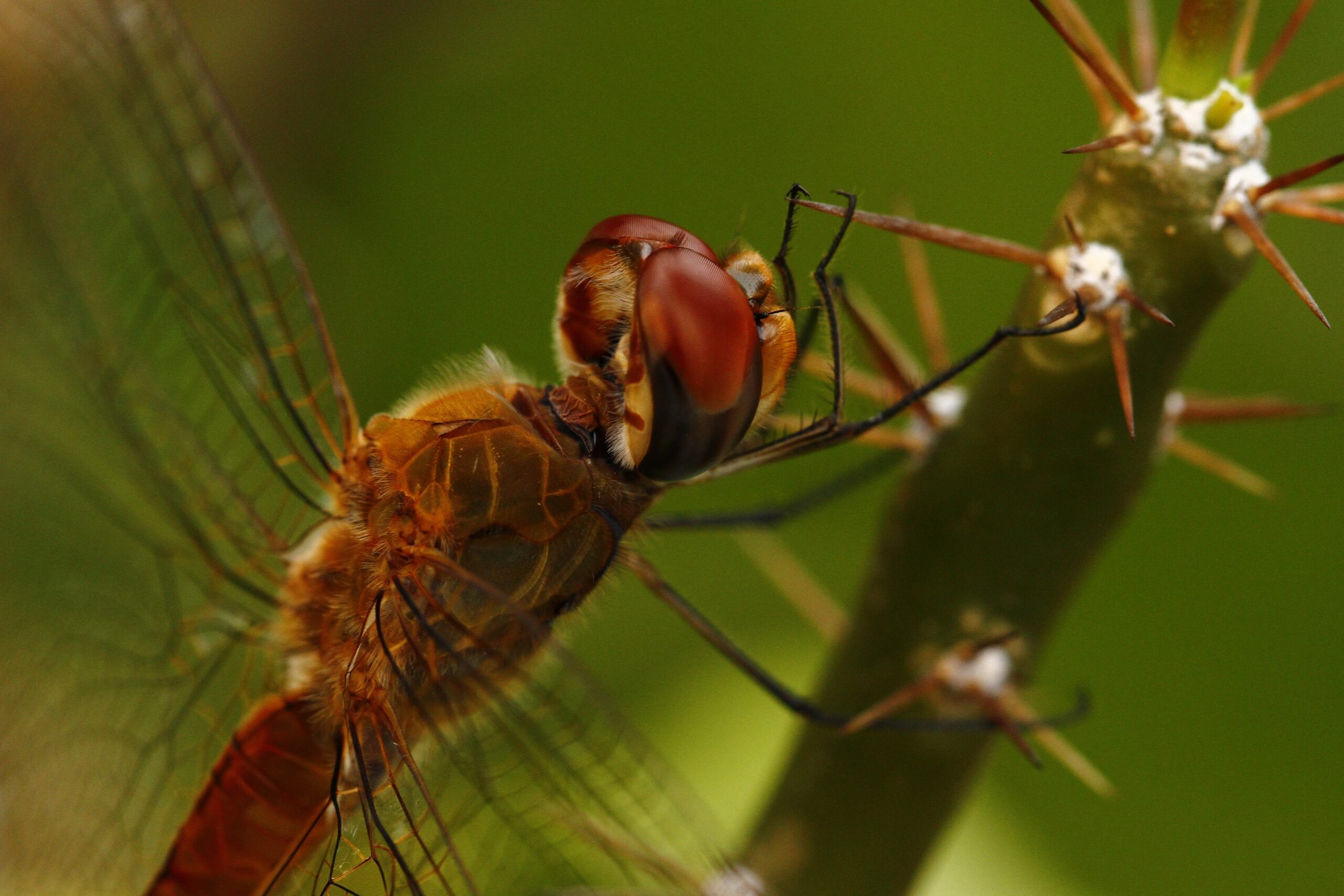
Dragonflies migrate across India and Africa in one of the longest insect migrations. They follow seasonal monsoons and rainfall patterns, which drive their journey. This migration supports freshwater ecosystems, as dragonflies help control mosquito populations. Their presence also benefits birds and other predators that rely on them for food. The dragonfly migration links ecosystems across continents, playing a key role in maintaining ecological balance.
Blacktip Shark Migration Along the U.S. East Coast
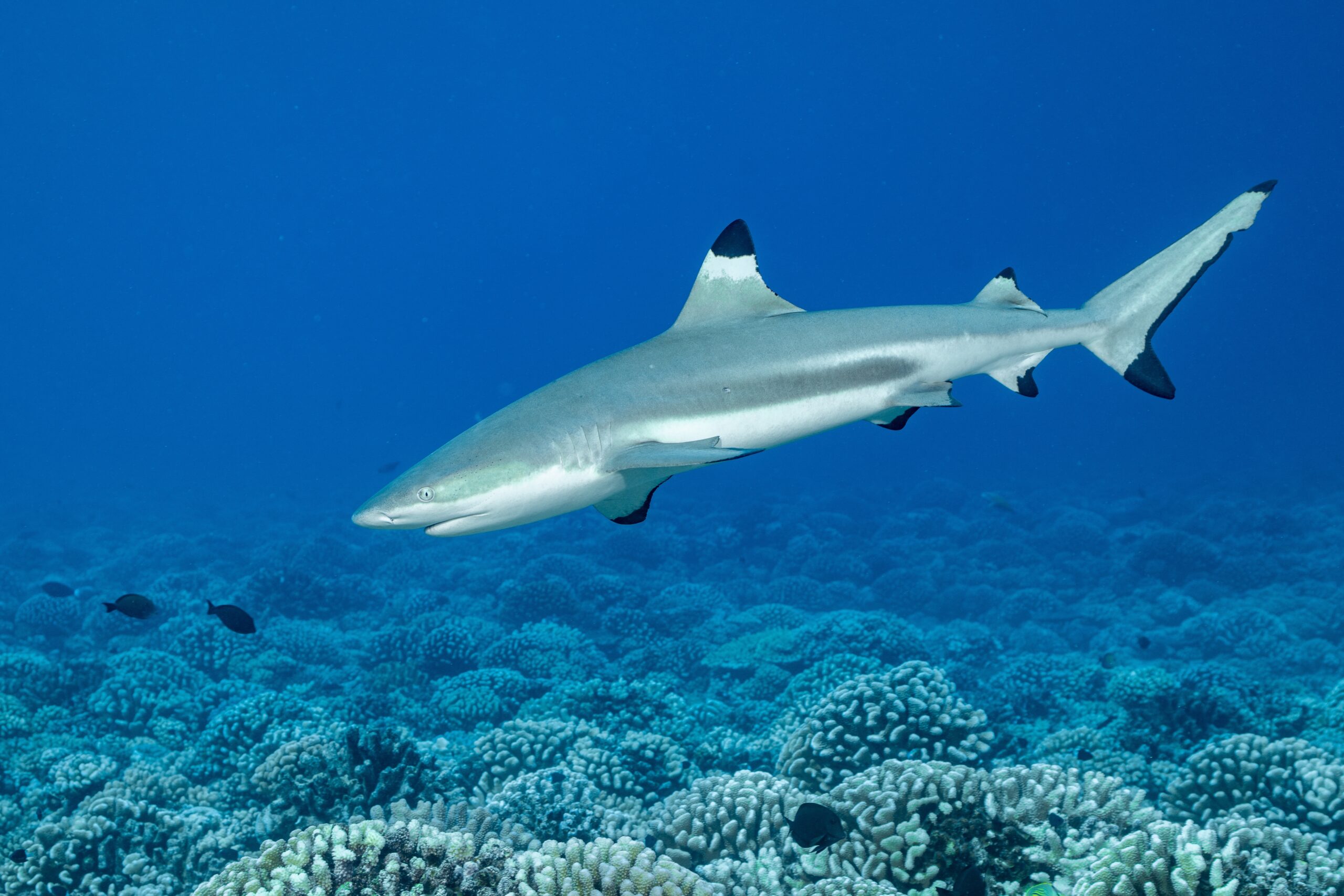
Blacktip sharks migrate annually along the U.S. East Coast, moving from Florida to North Carolina and beyond. This migration helps balance marine ecosystems by regulating fish populations. Blacktip sharks also play a role in shaping predator-prey interactions along the coastline. Their seasonal movement attracts other marine species, creating dynamic food webs. The migration ensures the health of coastal waters and sustains marine biodiversity.
Pronghorn Migration in Wyoming
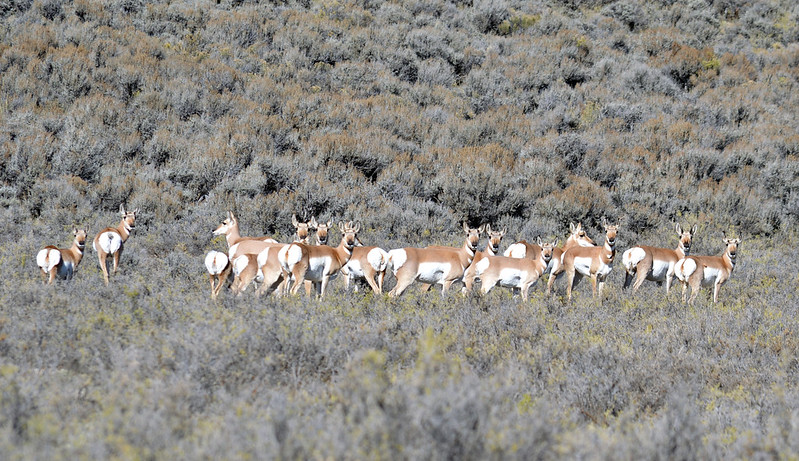
Pronghorns in Wyoming migrate hundreds of miles between their summer and winter ranges. This migration is essential for maintaining grassland ecosystems by preventing overgrazing. As pronghorns move, they support predators like wolves and coyotes. Their migration also influences plant growth patterns, helping maintain biodiversity. Pronghorns’ movement keeps Wyoming’s ecosystems in balance and supports numerous other species.
Lesser Flamingo Migration Across East Africa’s Rift Valley
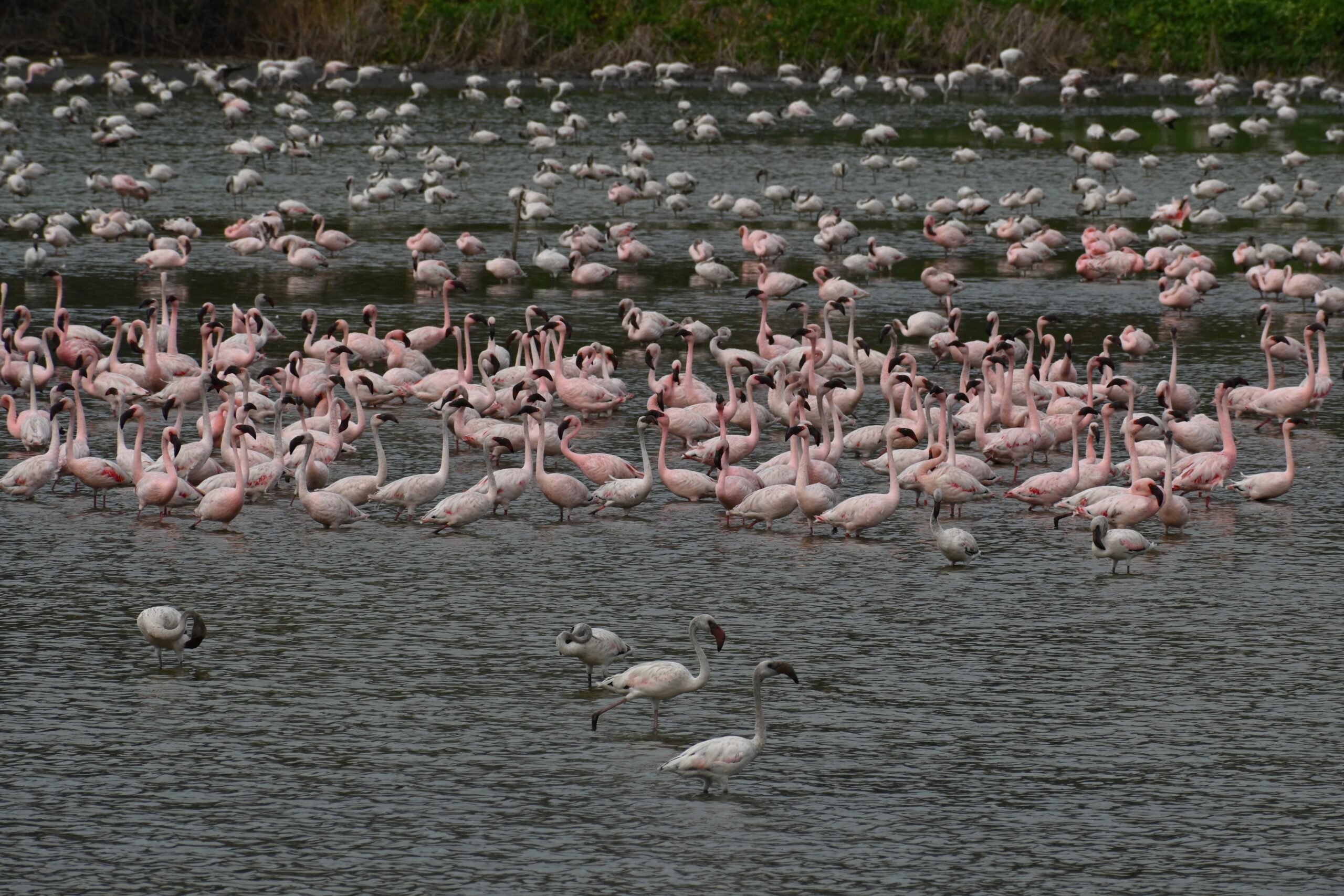
Lesser flamingos migrate across East Africa’s Rift Valley, moving between alkaline lakes. They feed on algae and microorganisms, helping maintain water quality in these ecosystems. Their migration supports wetland health by preventing overconsumption of algae. As they travel, they create feeding opportunities for other species like pelicans and fish. This movement sustains the delicate balance of life in the Rift Valley’s unique habitats.
This article originally appeared on Rarest.org.
More from Rarest.org
17 Famous Battlefields with Haunting Stories

Throughout history, battlefields have been places of intense conflict and great sacrifice. Many of these sites have become synonymous with haunting stories that linger long after the battles have ended. Read More.
10 Rare Manuscripts That Every Literary Collector Dreams Of

Rare handwritten manuscripts represent the ultimate treasures in the world of literary collections. Read More.
15 Leading Sports Apparel Brands Dominating the Market

Sports apparel is a booming industry, with certain brands leading the charge in profitability. Read More.
